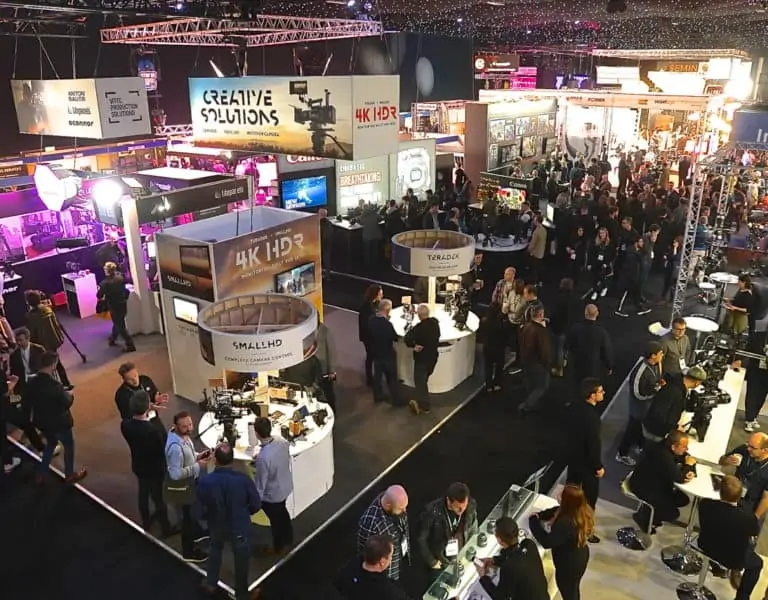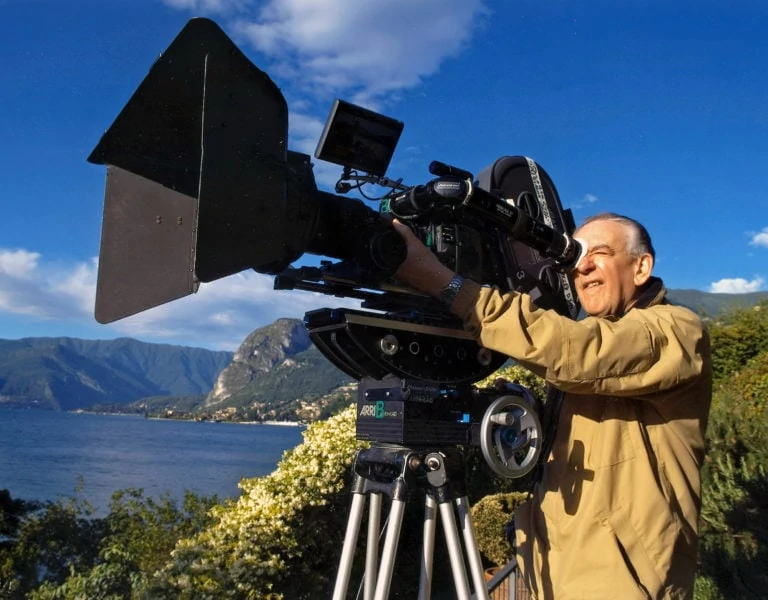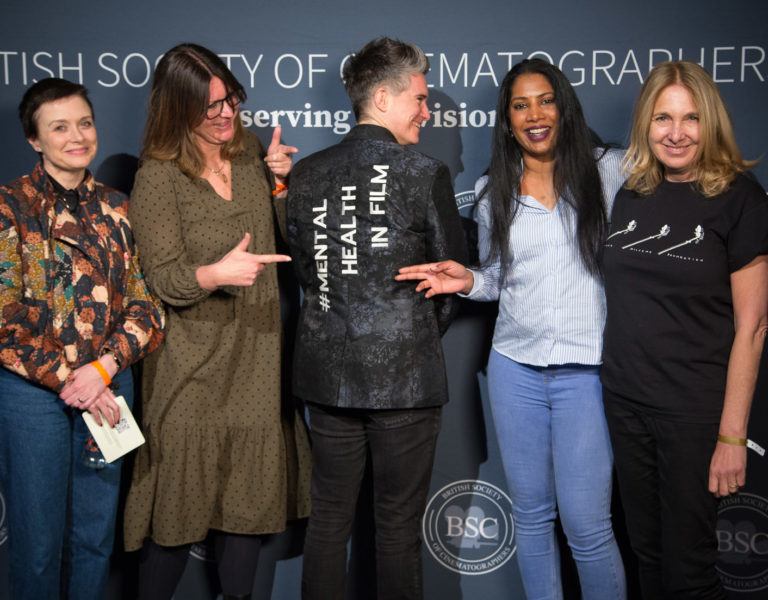Coming Soon...
Innovator / Joe Dunton
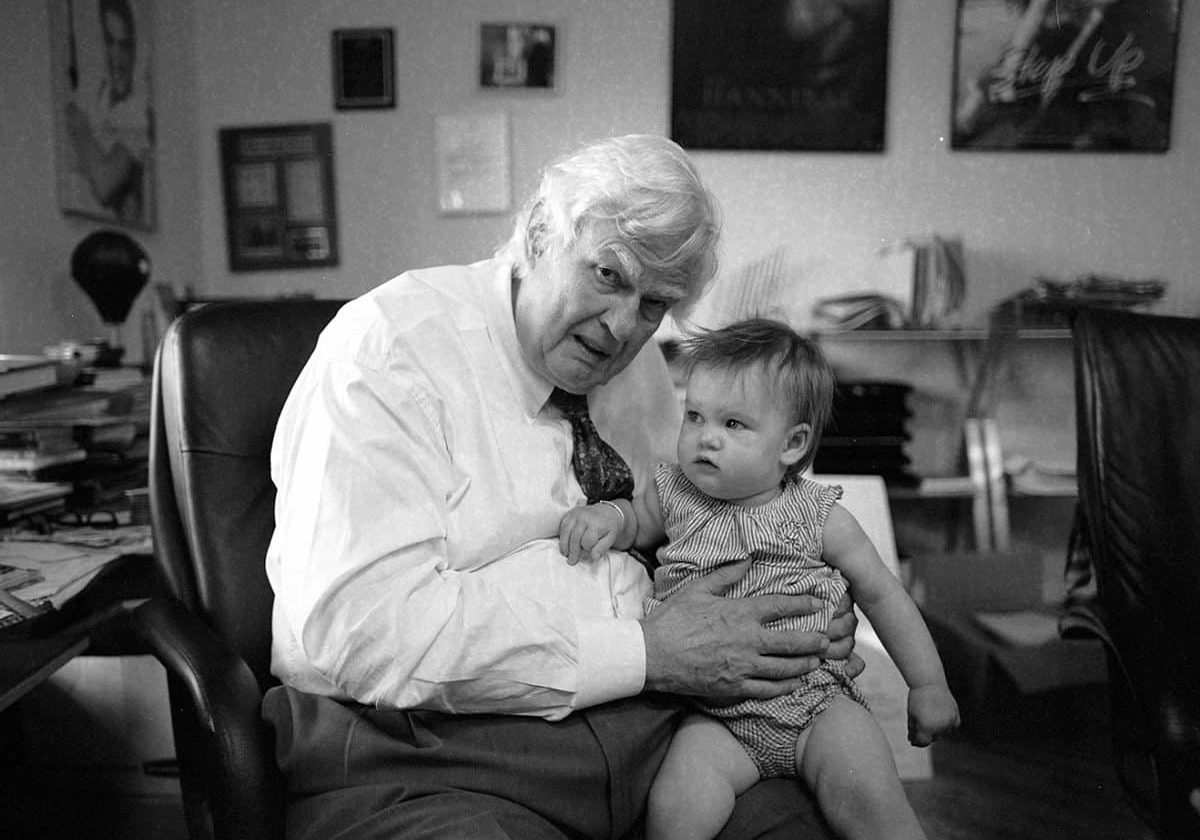
Coming Soon...
Innovator / Joe Dunton
BY: Kevin Hilton
Joe Dunton BSC is among the highest-profile ‘backroom’ figures in the filmmaking industry. He worked with television technology before joining Samuelsons, where he devised equipment for major productions, including Stanley Kubrick films shot by John Alcott BSC.
Dunton continued to innovate under his own banner, with Joe Dunton Cameras established in 1976, as well as at Panavision and under the historic Mitchell and Moy names. His innovations include a heated camera eyepiece to prevent misting, the Ladderpod and Moy Bazooka tripods, various video assist set-ups and the Mitchell Vitesse geared head.
Dunton is once again operating, along with his son Lester, at JDC Wilmington Camera Services in North Carolina, from where he spoke to Kevin Hilton about past developments and the new ones that are still to come.
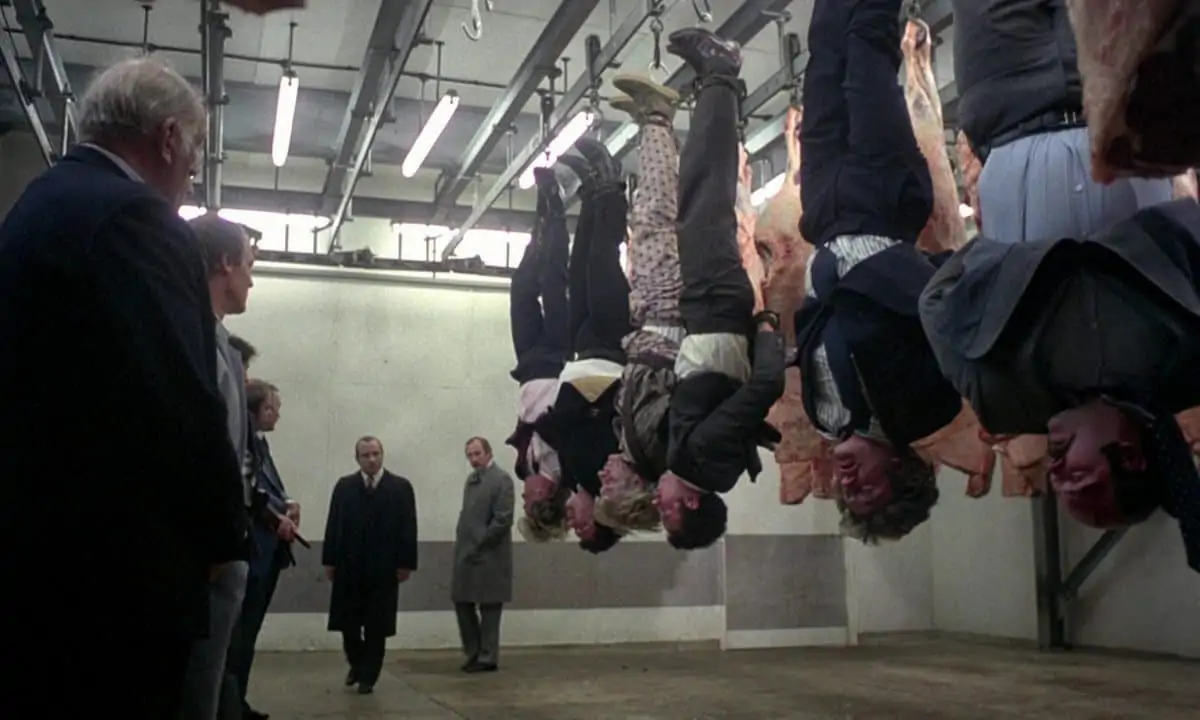
BC: You are firmly identified with film production and its technology, but was it always something that interested you?
JD: Film wasn't an interest to begin with. I was an electronics engineer originally and worked as a television engineer for Pye, repairing closed circuit TV systems. Then I was asked to go to Samuelson's to repair their Pye cameras. Their head of sound suggested that I work for them, but I didn't hear anything until a year later. I had a job to do with two-way radios on Le Mans (1971, starring Steve McQueen) and I ended up in the sound department at Samuelsons because there wasn't a slot for me in vision.
BC: What was your earliest innovation for film?
JD: I worked for six months with Ossie Morris BSC, who was working on Oliver! (1968). He had just shot Stop The World: I Want to Get Off (1966) with the first Mitchell video assist, but on Oliver! there were 400 dancers and he needed something more. So, in 1967, I built what I still believe was the first video assist recorder. It had video and recording, which gave playback for the director.
BC: You built up a reputation of being a problem solver. Is that how most of your innovations came about?
JD: I was the go-to person at Samuelsons when people didn't know how to shoot something or there was a technical problem. One instance I remember was when someone wanted to film a scene with a TV set in it. The problem was that there would be a black bar going through the TV screen because it was not in sync with the film camera. It took a while to suss out what was going on with that, but I sorted it out. I also learned quite a lot from people I was working with at Samuelson's, like Bill Woodhouse (optical engineer) and Bill Vickers (camera engineer).
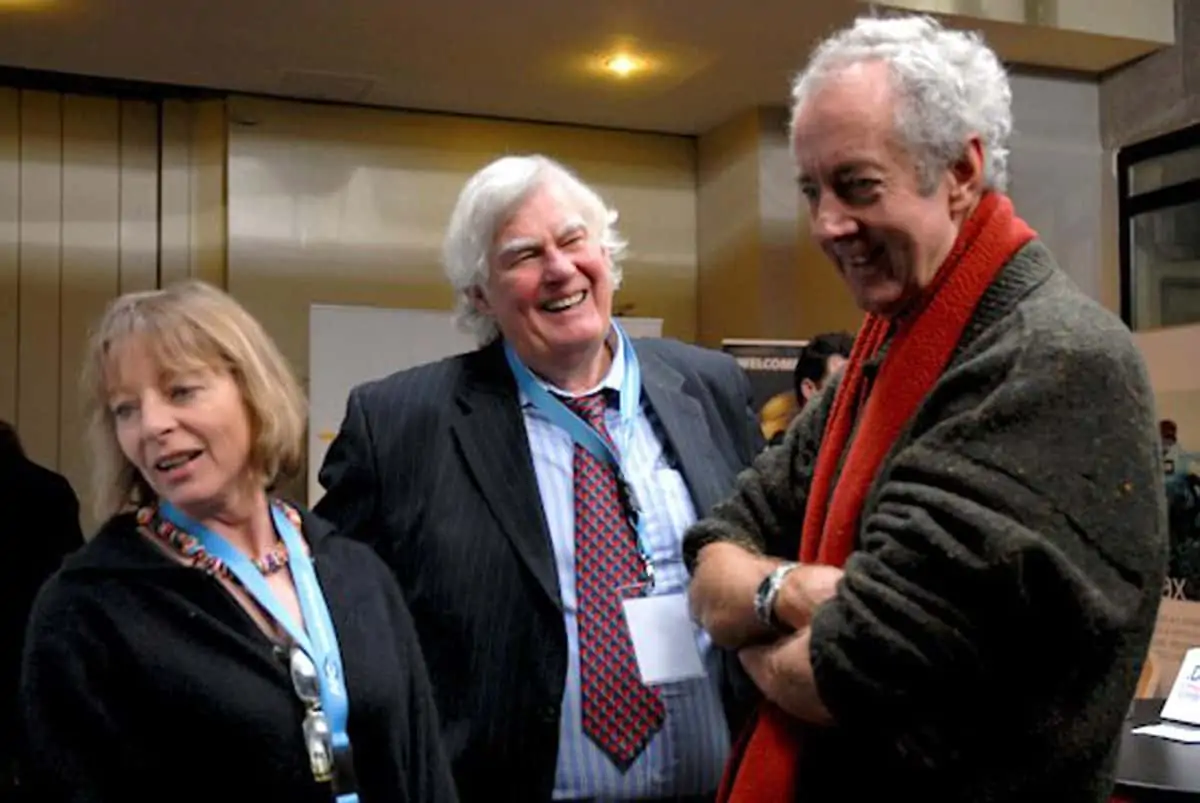
BC: Was it at Samuelson's where you developed your interest in lenses?
JD: I got very interested in lenses there, particularly Anamorphics. With the lens department at Samuelsons I made the first 20:1 zoom, which was a way to make the first 35mm zoom.
Lenses are a fascinating subject. They're the only way today to make picture images look different, by changing lenses. My son Lester and I own both the Mitchell Camera Company and EF Moy, which now manufactures lens mounts to house vintage lenses, in addition to track and tripods. I started the trend for using older lenses. I saw a movie years ago which dear old Wolfgang Suschitzky BSC photographed called Ring Of Bright Water (1969). It was made with was a Mitchell BNC camera and a set of Cooke lenses, and it was the most beautiful looking picture that I had ever seen. Up until that point I had been with Panavision and everything had been their lenses. Then I was determined to put Cooke lenses on a modern camera, which is what I did and how I got into this whole old lens business. We did films like The Long Good Friday (1980), Star Wars: Episode VI - Return Of The Jedi (1983) and The Killing Fields (1984), for which Chris Menges won the Academy Award.
BC: Cinematographers are now very keen to use vintage lenses in conjunction with digital cameras to bring some warmth to the images. Do you see that working?
JD: Earlier lenses were designed by slide rule and log tables. Lens manufacturers would make the calculations the same to grind the lens on the grinding machine, but then would then take pictures with the lens. So the team that made it would start to look at pictures and say "This is a nice landscape lens", "This is a nice close-up lens" and each is slightly different in focal length. Computers make lenses but they don't know the pictures they're making. The other problem is most of the modern lenses are lacking red. The reason older lenses are warmer is that they used simpler coatings, which helps with the redness.
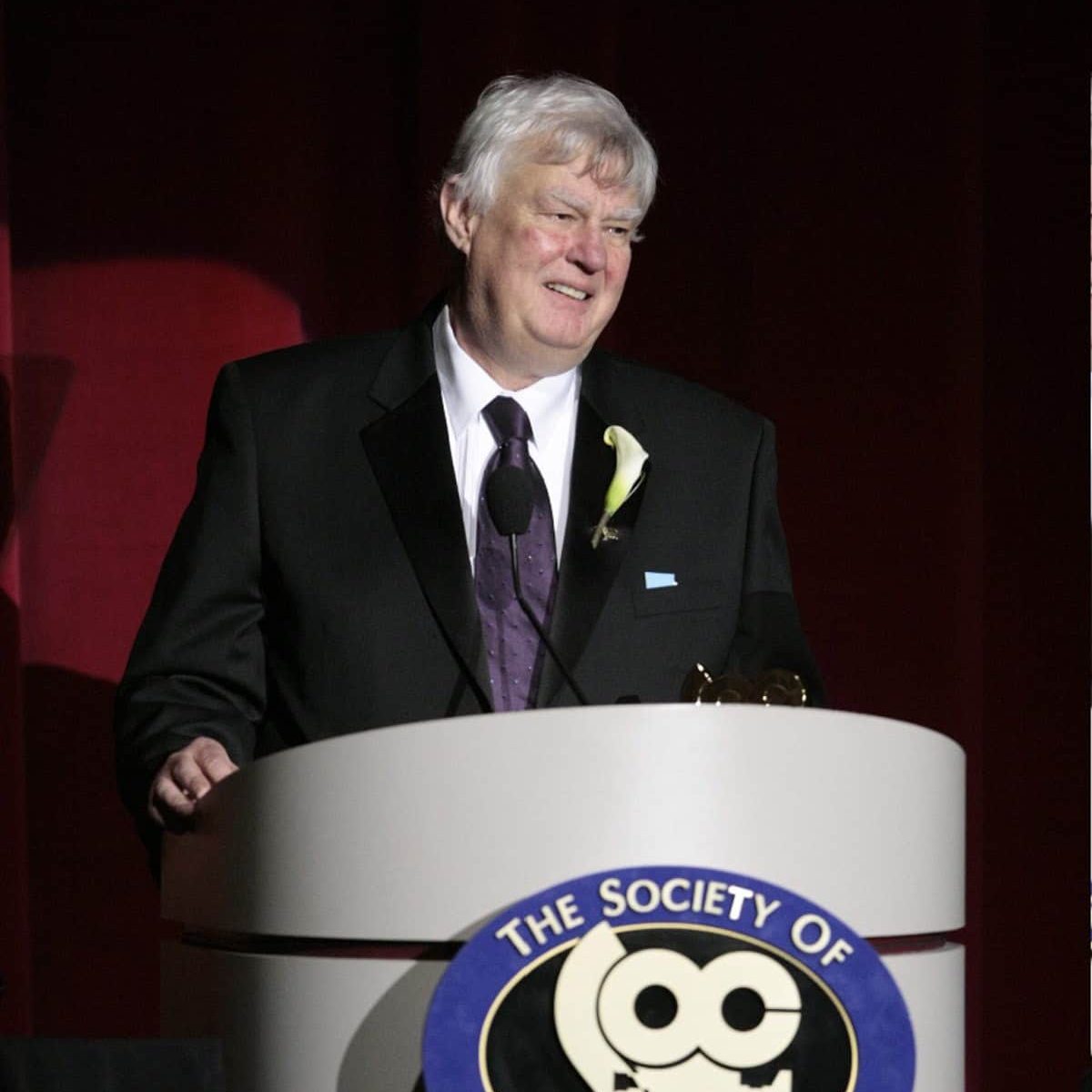
"Film wasn't an interest to begin with. I was an electronics engineer originally and worked as a television engineer for Pye, repairing closed circuit TV systems."
- Joe Dunton BSC
BC: You've also been involved with spherical lenses through the development of Super 35mm. How did that come about?
JD: The reason I designed that was because we wanted to blow film up to 70mm, but still use six-track magnetic sound instead of optical sound. It was the only way to get a proper soundtrack with that size image. I used that on Dance Craze (a 1981 film record of Ska/Two Tone bands in performance, including Madness, The Selector and The Specials, shot by Dunton with cameras from his own company). People had been blowing up Super 16 and I wanted Super 35 to blow up to 70mm to get a big negative area with not too much magnification. After that John Alcott used Super 35 on Hugh Hudson's Greystoke (1984) and it was blown up to 70mm.
BC: You've also worked on hardware and support systems. What are some of those that you particularly remember?
JD: For the first Louma crane I designed what was called a Planetary Motor System. To disperse the weight of one big motor we put in four small motors. So the four small motors drove into a big gear like a planet. That balanced the weight on the head of the Louma crane. I did the first video assist for the Louma crane, it wouldn't have worked without that on the CamiFlex.
The Louma we perfected by making a remote geared head. Moys made geared heads and we still make the Moy Bazooka, which is a different way of making a tripod, and the Ladderpod [a camera platform supported by three ladders acting as legs] through Moy today. And we're working on a next generation of tripod.
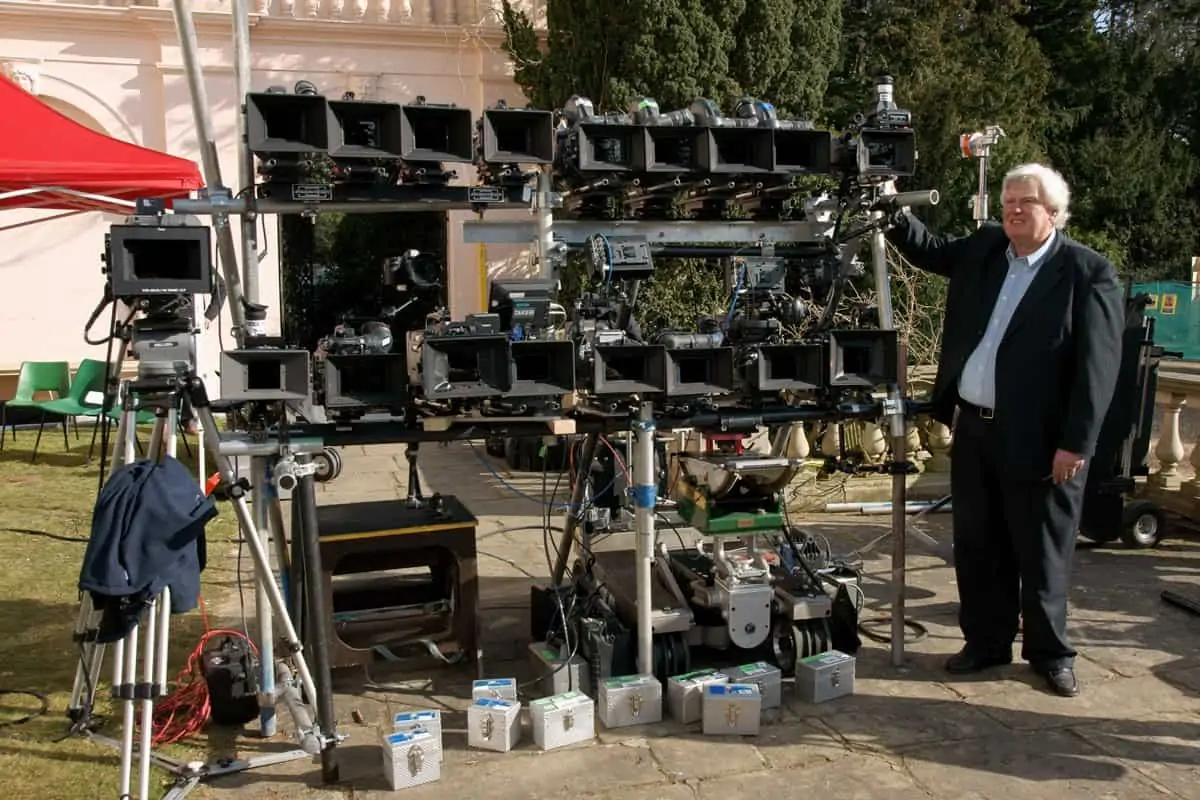
BC: In 2002 you produced an interchangeable HD camera magazine. What was the thinking behind that?
JD: Film still held a strong position when Lester and I invented that. The idea was that you could have an HD magazine to put on if you were doing a documentary with a lot of talking heads, to get the hours and hours of talking. But you'd use film for the wide-angle shot and fine detail. So you mix film and digital just by changing the magazine on an ARRI SR camera. It was a forerunner of the ARRI D21 camera.
BC: Do you hold any patents for your inventions?
JD: The only thing we put a patent on, I think David Samuelson put it on, was to mix a special effects picture with the incoming picture in the actual camera – so the camera operator could see what was going to be a special effect, with the normal person in the foreground coming through the main camera. But always applying for patents means you end up being an old man with a lawyer. Life is too short.
BC: What areas are you looking at now for the future?
JD: We're making a new geared head. If you look at the first hundred years of motion pictures, technically, pretty much all of those were made on geared heads. So I'm bringing that back for the future development of geared heads.
For the future I'm working on the idea of vibrating the sensor, which is locked in the camera and is static. This means the light from the lens falls on the chip in the same photosites every time. If you can vibrate the chip so that the light falls on different parts it becomes like an emulsion effect. My friend Charlie Beddoes said there was emotion with emulsion and I think it's possible to make a form of electronic emotion with emulsion within the camera.
The thing I would love to see is a four-colour camera, which again we're working on. We've derived our colours from RGB and I feel we should have yellow in there. So it would be RGBY and the gold from Cleopatra would look like gold. At the moment gold is made from red and green, so it's always going to be a red-biased gold or a green-biased gold, it's not a pure yellow gold.
We're also doing immersive (virtual reality) television, working on a nine camera set-up, each with the same lens set at different angles, cross-ways and forward so it gives you a height dimension which, in immersive TV, you need because you want to look up in the sky and see what's there and then look down as well as left and right. You need nine cameras to record that. The trick is also going to be to get immersive TV so that an audience can see it together. There's still a lot of good stuff to do.

